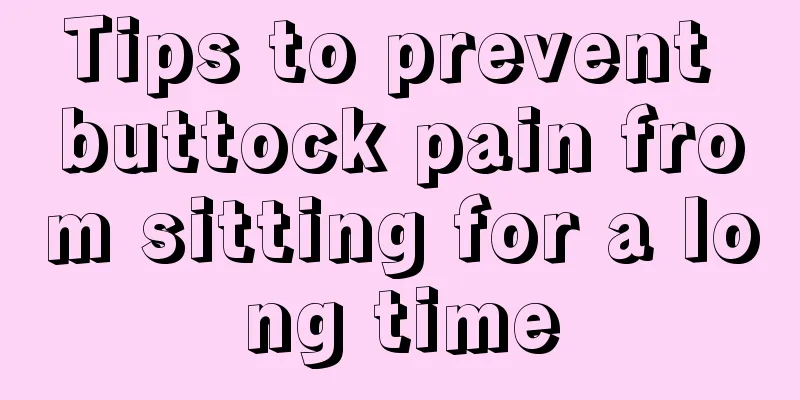Is jaundice from gallbladder cancer contagious? What are the symptoms?

|
The main clinical manifestations of gallbladder cancer are pain in the middle upper abdomen or right upper abdomen, which may be intermittent or persistent, dull or colic, and progressively worsen. The abdominal pain may radiate to the right shoulder, back, chest, etc. Weight loss and jaundice are also common, and there may be loss of appetite, weakness, nausea and vomiting. However, it is not contagious. Gallbladder cancer is not contagious. In the early stages of gallbladder cancer, there are no specific clinical manifestations or only symptoms of chronic cholecystitis, and early diagnosis is very difficult. Once persistent pain, masses, jaundice and other lesions appear in the upper abdomen, it has reached the late stage, and various examinations have also shown abnormalities. Therefore, for patients with discomfort or pain in the gallbladder area, especially middle-aged and elderly patients over 50 years old, there is a risk of gallstone inflammation. Patients with polyps should undergo regular B-ultrasound examinations for an early and accurate diagnosis.One symptom 1. Right upper abdominal pain This symptom accounts for 84%. Since gallbladder cancer often coexists with gallstone inflammation, the pain is similar to that of gallstone cholecystitis. It starts with discomfort in the right upper abdomen, followed by persistent dull pain or dull pain, sometimes accompanied by paroxysmal severe pain and radiating to the right shoulder. 2. Most of the digestive tract symptoms include indigestion, aversion to greasy food, belching, and decreased appetite. This is because the gallbladder's renewal function cannot digest fat. 3. Jaundice Jaundice often occurs in the late stage of the disease, accounting for 36% of cases. It is mostly caused by cancer tissue invading the bile duct and causing malignant obstruction. It is accompanied by weight loss, fatigue, and even cachexia, yellowing of the skin and mucous membranes, and difficult-to-treat skin itching. 4. Fever Thirty percent of patients have fever 5. Mass in the right upper abdomen. When the disease develops to the late stage, the mass appears in the right upper abdomen or upper abdomen, accounting for 55%. One is that the tumor grows rapidly and blocks the bile duct, causing the gallbladder to swell; the other is that it invades the duodenum and causes obstruction symptoms at the same time; in addition, invasion of the liver, stomach, pancreas, etc. may also cause masses in the corresponding parts. Two body signs 1. Jaundice manifests itself as yellowing of the mucous membranes and skin. Severe yellowing is usually obstructive. Once jaundice occurs, the disease is usually in the late stage. 2. Right upper abdominal mass A relatively smooth and enlarged gallbladder can be felt in the right upper abdomen. When there is no adhesion to the surrounding tissues, it is highly mobile. When there is adhesion to the surrounding tissues, several lumps can be felt, and sometimes an enlarged liver and duodenal obstruction mass can be felt. |
<<: What are the signs of liver cancer recurrence
>>: Is the chance of gallbladder cancer being inherited high?
Recommend
The process of X-ray barium meal examination for esophageal cancer
X-ray barium meal examination for esophageal canc...
Is microwave ablation good for treating liver cancer? Common knowledge about microwave ablation for treating liver cancer
Since the 1970s, liver cancer in my country has b...
New breakthrough in gene detection technology for prostate cancer
For some men, prostate cancer is slow-growing and...
Do I need to pop the big blisters after a burn?
Many friends know that the most direct phenomenon...
What is the function of dragon bone flower
Dragon bone flower is a common plant. Most people...
Applying aloe vera gel will cause more acne
Everyone knows that aloe vera gel has a good effe...
What to do if your eyes itch due to pollen allergy? This treatment has a good effect
Everything comes back to life in spring, but it i...
Pain in the inner calf bones when running
Running is an aerobic exercise that many people l...
The harm of drinking alcohol every day to the body
Wine is no stranger to everyone, and it can be se...
Things to note when remarrying in old age
Nowadays, people have a more rational attitude to...
How much does chemotherapy for liver cancer cost
How much does it cost to treat liver cancer? Live...
What is the cause of esophageal cancer
Esophageal cancer is a common tumor. The incidenc...
Will your heart rate speed up if you have a cold?
During a cold, patients will always have many sym...
What are the pathological diagnostic criteria for pancreatic carcinoma in situ
With the continuous progress of society, there ar...
There are many small pimples on the inside of my arms
Many diseases in the human body can only be seen ...









